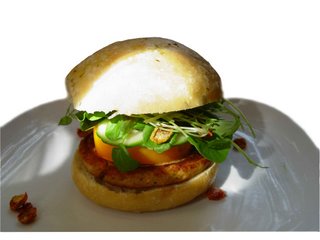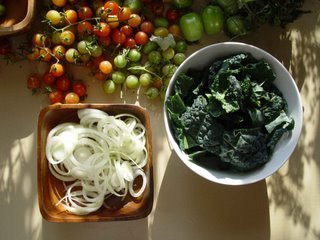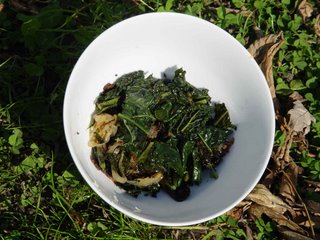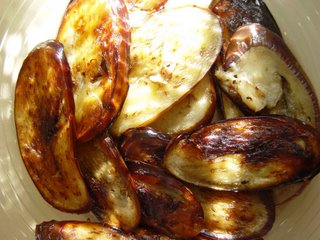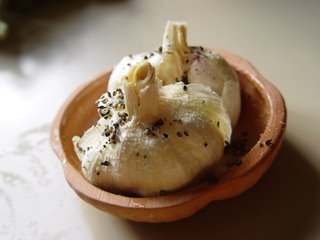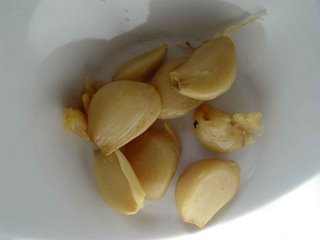Solar Picnic

As the sun was rising to its zenith on June 21st of this year, I was busy speiling about solar cookers, and soaking up the diluted solar energy which in concentrated form can fry crepes and bake pies. On June 21st I got a sunburn while cooking local organic food with solar energy at Kensington Car Free Day, together with Brook Kavanaugh, chef at La Palette.

Both Brook and I were profiled in an August 22nd Globe and Mail article on solar cooking in Canada. The article is behind a paywall, but you can read it here.
Ironic - I am writing about the Solstice as the Autumnal Equinox approaches, and the season changes once more. If we know one thing about the sun, it always comes back. And I get to my blog eventually....summer is my busiest time, as I work in the solar energy biz....
On June 21st Brook Kavanaugh and the Guerilla Gourmet whipped their sun drenched cadres into shape with a selection of locally sourced vegan crepes with Asparagus and goat cheese, and a strawberry tart that was perfection - all cooked with 100% local solar energy. This was the lowest carbon impact gourmet meal any of the diners had ever eaten.
Asparagus was gently cooked until tender in the Sun Cook solar oven.

Our two chefs and their helpers worked all afternnon, shaded by an awning in front of an emtpy shop on Augusta Ave.

Over the course of a couple hours, chef Brook cooked his tasty crepes on the El Sol parabolic solar grill, available from Sun Baked at www.solarcooking.ca . The Sun Cook solar oven is also visible.

Here you can see the crepe cooking with sunlight focused by the parabolic mirrors onto the bottom of the pan. It acts like a stovetop burner.

Brook's crepes were a "build it yourself" kind of project. Below are the raw ingredients, solar cooked asparagus and rhubarb, solar fried mushrooms, goat cheese and the locallest pesto - with basil grown in in Kensington.

Crepes were constructed by all....

The guerilla gourmet and Brook also made some strawberry solar tarts. Both berry and pastry were baked in the sun using the Sun Cook solar oven from Sun Baked at www.solarcooking.ca .


Imagine dining al fresco in the middle of the street on the summer solstice, on a bed of rose petals.....



The table was set so beautifully...a magic carpet of flowers, food and good feelings....

We aslo feasted on a tasty tomato salad.

The diners were slowly enjoying the solar feast, when along came the Toronto Samba Squad, marching to the beat of a different drummer....

...and they marched around our merry picnic....

...and the beat went on....

Solar cooked local food and tango dancing in the street....am I in heaven? Why can't life always be this slow, happy and enjoyable?

A fleeting moment of perfect satisfaction - captured on film!














